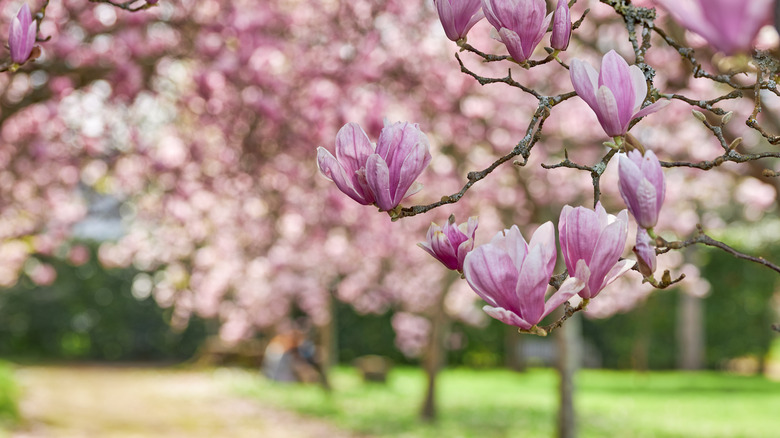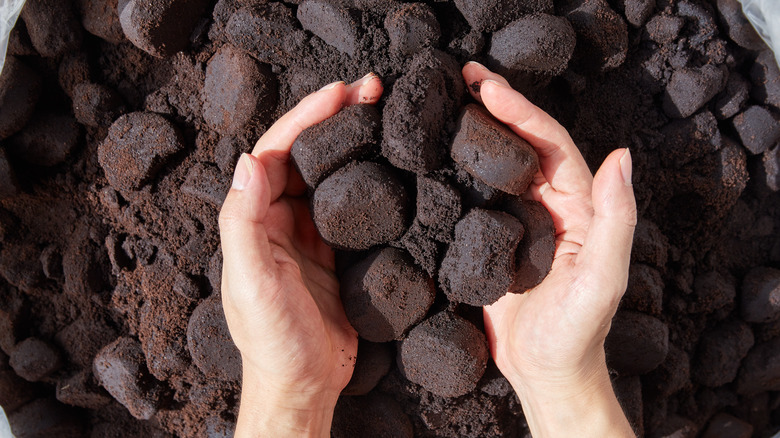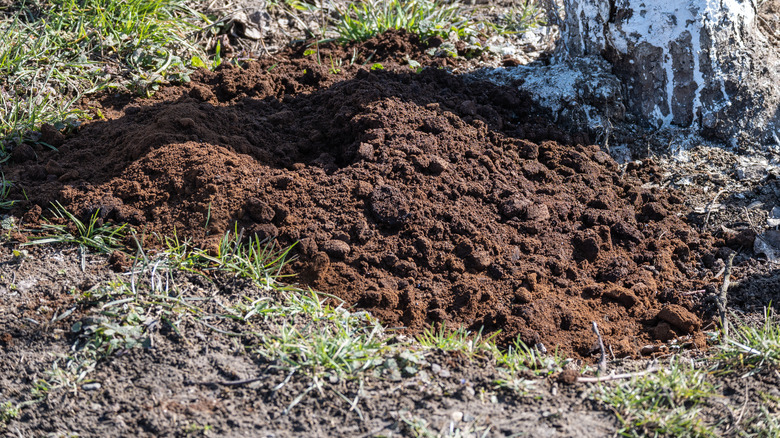Can Fertilizing Your Magnolia Tree With Coffee Grounds Help It Bloom?
Using coffee grounds as a fertilizer for magnolia trees might sound unconventional, but it's an effective method many gardeners swear by. These grounds are not just waste from your morning brew, they're a source of several key nutrients (including nitrogen, potassium, and phosphorus) that can significantly benefit the growth and blooming of magnolia trees. Nitrogen aids in the development of lush, green foliage, while potassium and phosphorus are vital for root health, flower production, and disease resistance.
Another significant advantage of coffee grounds is their acidic nature. Magnolia trees thrive in slightly acidic soil, and coffee grounds can help in maintaining the desired pH level. This acidity not only aids the tree directly, but also improves the soil's overall health by fostering the growth of beneficial microorganisms. These organisms play a crucial role in nutrient breakdown and absorption, further enhancing the soil's fertility.
Besides nourishing the plant, coffee grounds also improve soil texture and water retention. They help create a more aerated and moist environment around the roots, which is ideal for the healthy growth of magnolias. This aspect is particularly useful during dry periods when soil moisture levels can significantly impact plant health. However, while coffee grounds offer numerous benefits, it's important to use them correctly (in accordance with the specific needs of your magnolia tree) to avoid potential drawbacks.
Fertilizing magnolia trees with coffee grounds
Applying coffee grounds to magnolia trees is a simple yet effective way to provide them with essential nutrients for healthy growth and abundant blooming. The process starts with measuring the right amount of coffee grounds based on the height of your tree. A good rule of thumb is to use 1 cup of ground coffee for every foot of the tree's height. Once you've measured the appropriate amount, the next step is to evenly distribute the grounds around the tree's base. This distribution is crucial, as it ensures that the entire root area can benefit from the nutrients.
For an even more effective nutrient distribution, consider mixing the coffee grounds into the top layer of the soil. This method integrates the grounds more thoroughly with the soil, providing a consistent supply of nutrients to the tree's roots. You can further help the soil absorb the nutrients from the grounds by watering the tree. Water helps to activate the nutrients and acts as a transporter, ensuring the full benefit of your efforts. Treat this step as you would when fertilizing your garden. Regular application of the grounds can make a noticeable difference in the health of your magnolia tree. Apply them once every six to eight weeks during the growing season to ensure the tree receives a steady supply, without the risk of nutrient overload, which could be detrimental to its health.
Caveats when using coffee grounds for magnolia trees
While coffee grounds can be beneficial when caring for magnolia trees, there are some caveats to consider. The type of grounds used and the way they are applied can significantly impact their effectiveness and safety of the tree. Used coffee grounds (from after making coffee) are often the best choice, as they have a higher concentration of nitrogen and phosphorus. They also have a slightly acidic pH, aligning perfectly with the soil preference of magnolias. However, it's important to be cautious about the caffeine content. Excessive caffeine can lead to leaf burn, a condition where leaves become dry and brittle. This is why it's important to spread the coffee grounds thinly and evenly around the tree to ensure the caffeine doesn't concentrate in one area.
Another consideration is the acidic nature of coffee grounds. If used excessively, they can make the soil too acidic, which might harm the magnolia tree's roots. It's important to apply them in moderation and monitor the soil's pH levels. If you notice signs of excessive acidity, like yellowing leaves or stunted growth, it might be time to cut back on the coffee grounds. Lastly, a word of caution about using coffee grounds near seeds or seedlings: It's best to avoid it. Coffee grounds can hinder germination and growth in young plants. So, while they're great for your mature magnolia tree, be careful when using them on the younger, more vulnerable plants in your garden.


